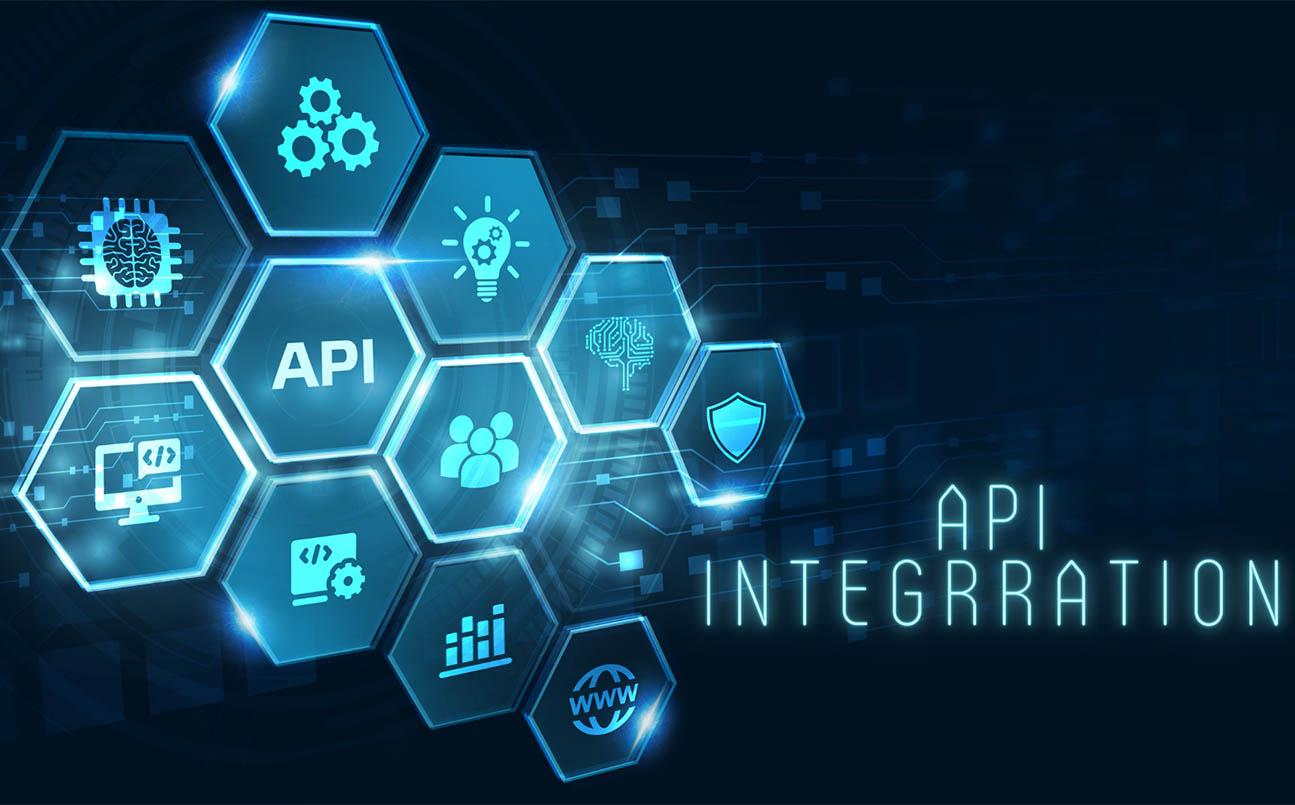In an era where digital landscapes continually evolve, the quest for seamless connectivity has never been more paramount. Enter the world of Software as a Service (SaaS), where agility and efficiency reign supreme. At the heart of this transformation lies the art of API integration—a powerful tool that enables disparate applications to communicate, collaborate, and innovate. “Seamless Connections: Mastering API Integration in SaaS” delves into the intricate dance between systems, exploring how businesses can harness the potential of API connections to enhance functionality, streamline workflows, and deliver exceptional user experiences. In this exploration, we will uncover best practices, common challenges, and the future of integration in a cloud-centric environment, equipping you with the knowledge to forge meaningful connections that drive success. Embrace the journey towards mastery, as we unravel the complexities of API integration in the dynamic world of SaaS.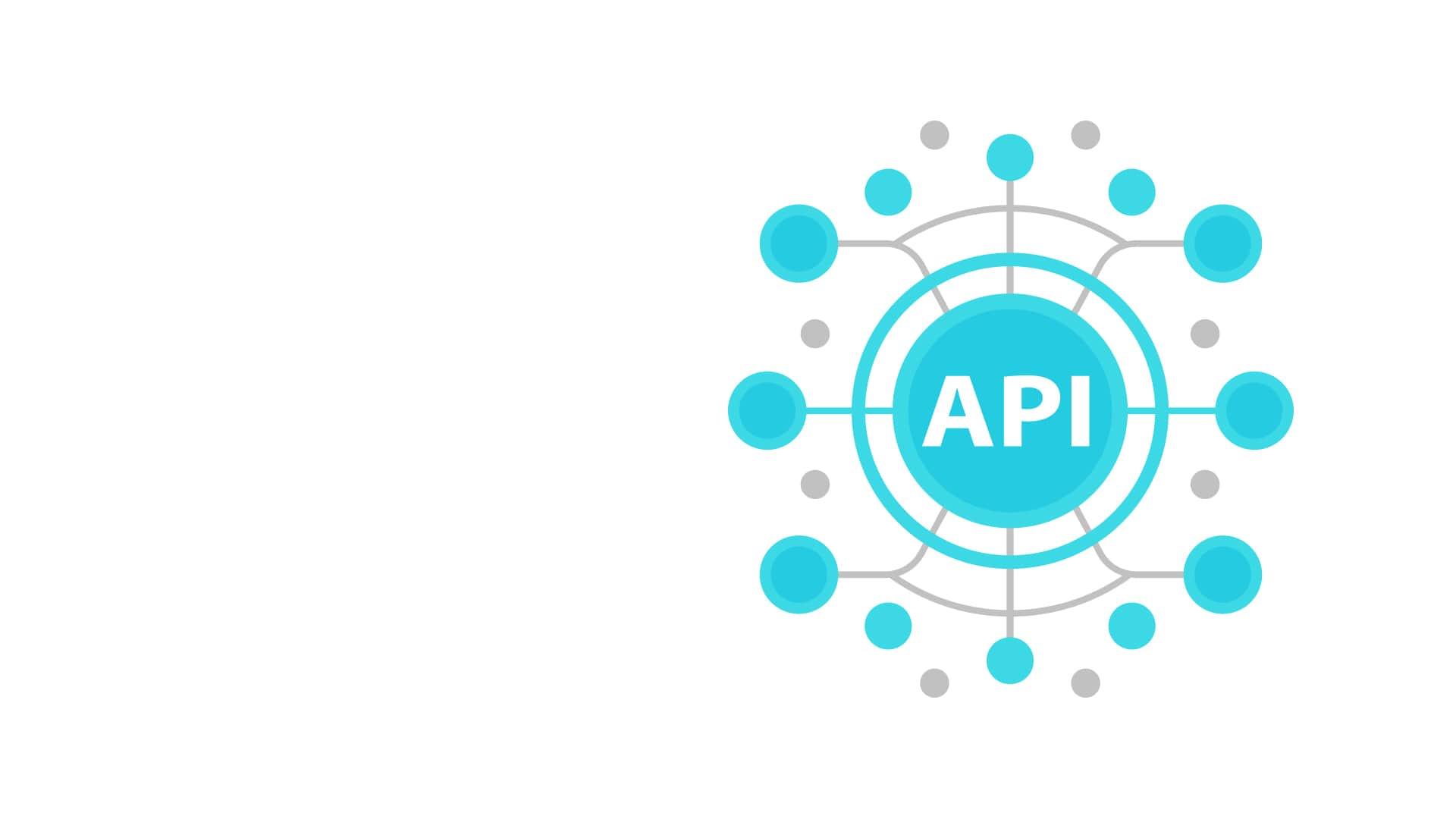
Understanding the Fundamentals of API Integration in SaaS Ecosystems
API integration serves as the backbone of modern Software as a Service (SaaS) ecosystems, enabling disparate systems to communicate and share data seamlessly. At its core, API (Application Programming Interface) provides a set of rules and protocols that applications can follow to interact with each other. By leveraging APIs, developers are able to build robust and flexible solutions that can adapt to ever-changing business needs. The significance of API integration lies in its ability to streamline workflows, enhance functionality, and foster innovation by allowing different applications to interact efficiently. This creates a cohesive environment where businesses can enhance their offerings by integrating best-of-breed tools and platforms.
Understanding the fundamentals of API integration involves grasping key concepts such as RESTful APIs, SOAP, and GraphQL, alongside essential terminologies like endpoints and request methods. Identifying the right integration strategy is crucial; options include direct API integration, middleware solutions, and webhooks. As organizations evolve, they should prioritize factors such as scalability, security, and documentation in their integration efforts. Here’s a simple comparison of different API types:
| API Type | Description | Use Case |
|---|---|---|
| RESTful | Lightweight and stateless architecture | Web services and mobile applications |
| SOAP | Protocol with strict standards and security | Enterprise applications requiring high security |
| GraphQL | Query language for APIs with flexible data retrieval | Complex applications needing agile data queries |
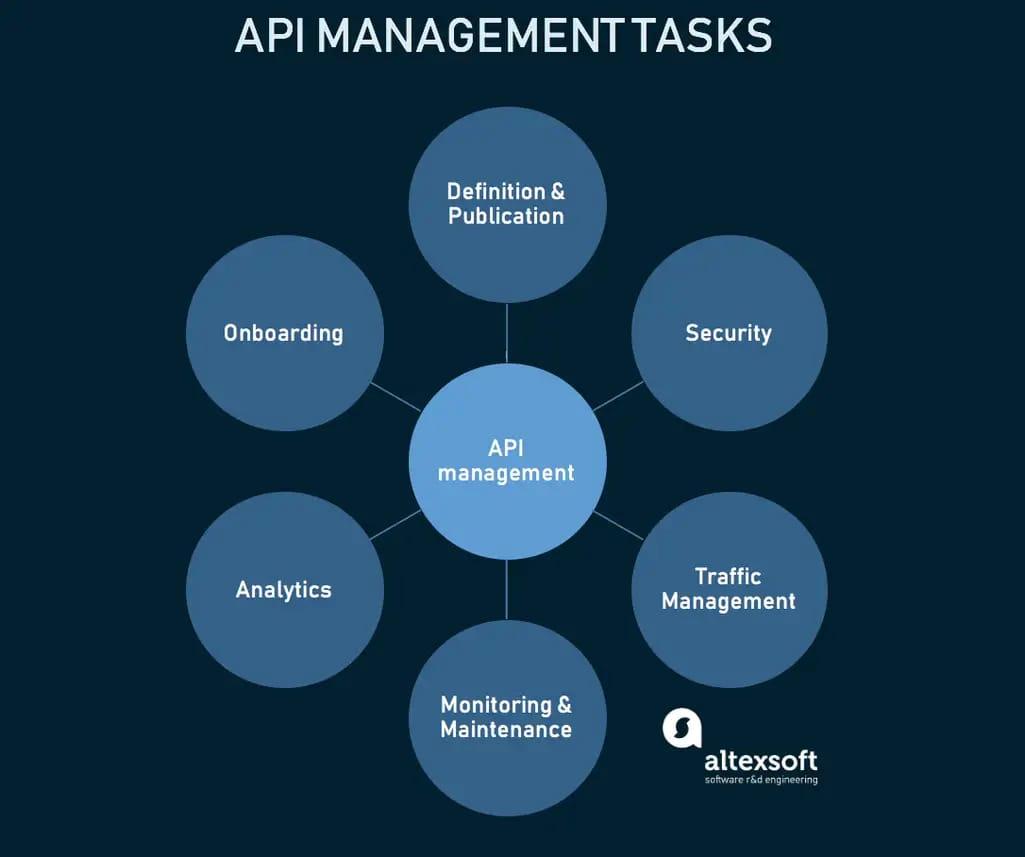
Exploring Best Practices for Effective API Management and Security
Effective API management hinges on the ability to create a secure and responsive ecosystem that enhances user experience while safeguarding sensitive data. Implementing a comprehensive authentication mechanism is paramount. Utilizing OAuth 2.0 allows for delegated access without exposing user credentials, effectively mitigating risks associated with data breaches. Additionally, adopting rate limiting can prevent abuse and ensure fair distribution of resources among users, maintaining operational integrity during peak usage times.
Another pivotal aspect involves meticulous monitoring and logging practices. By employing tools that facilitate real-time monitoring, organizations can swiftly detect anomalies and respond to potential threats. Maintaining an up-to-date inventory of APIs, complete with versioning details, is crucial for effective governance. The following table illustrates essential components of an effective API management strategy:
| Component | Description |
|---|---|
| Authentication | Ensures secure access to APIs through tokens and keys. |
| Rate Limiting | Controls the number of requests a user can make within a given timeframe. |
| Monitoring | Tracks API performance and usage patterns for proactive issue resolution. |
| Versioning | Allows for changes and improvements without disrupting existing users. |
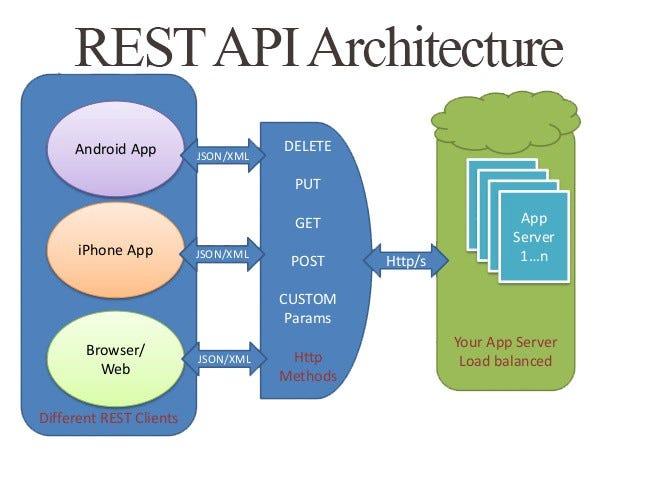
Optimizing User Experience through Intuitive API Design and Documentation
Designing an API that feels intuitive to users is crucial for enhancing their overall experience. When APIs are structured logically and clearly, users can easily navigate through the endpoints, reducing frustration and speeding up the integration process. Some key aspects to focus on include:
- Consistent Naming Conventions: Use predictable and descriptive names for endpoints, making it easier for developers to remember and use them.
- Clear Error Messaging: Provide comprehensive error messages that not only indicate what went wrong but also suggest potential solutions.
- Versioning Strategy: Implement a clear versioning policy to ensure compatibility as APIs evolve, allowing users to maintain seamless connections without disruption.
Equally important is the documentation that accompanies the API. Effective documentation serves as the user’s guide, illuminating the intricacies of integration. Consider incorporating the following elements into your documentation:
- Code Examples: Provide practical examples in various programming languages to demonstrate how to perform common tasks.
- Interactive API Explorer: A tool that allows users to experiment with requests can significantly enhance understanding and engagement.
- FAQs and Troubleshooting Sections: Address common issues proactively within documentation to empower users and reduce support inquiries.
| Feature | Importance |
|---|---|
| Intuitive Endpoints | Enhances user navigation |
| Clear Documentation | Aids in effective integration |
| Consistent Error Handling | Improves debugging and resolution |
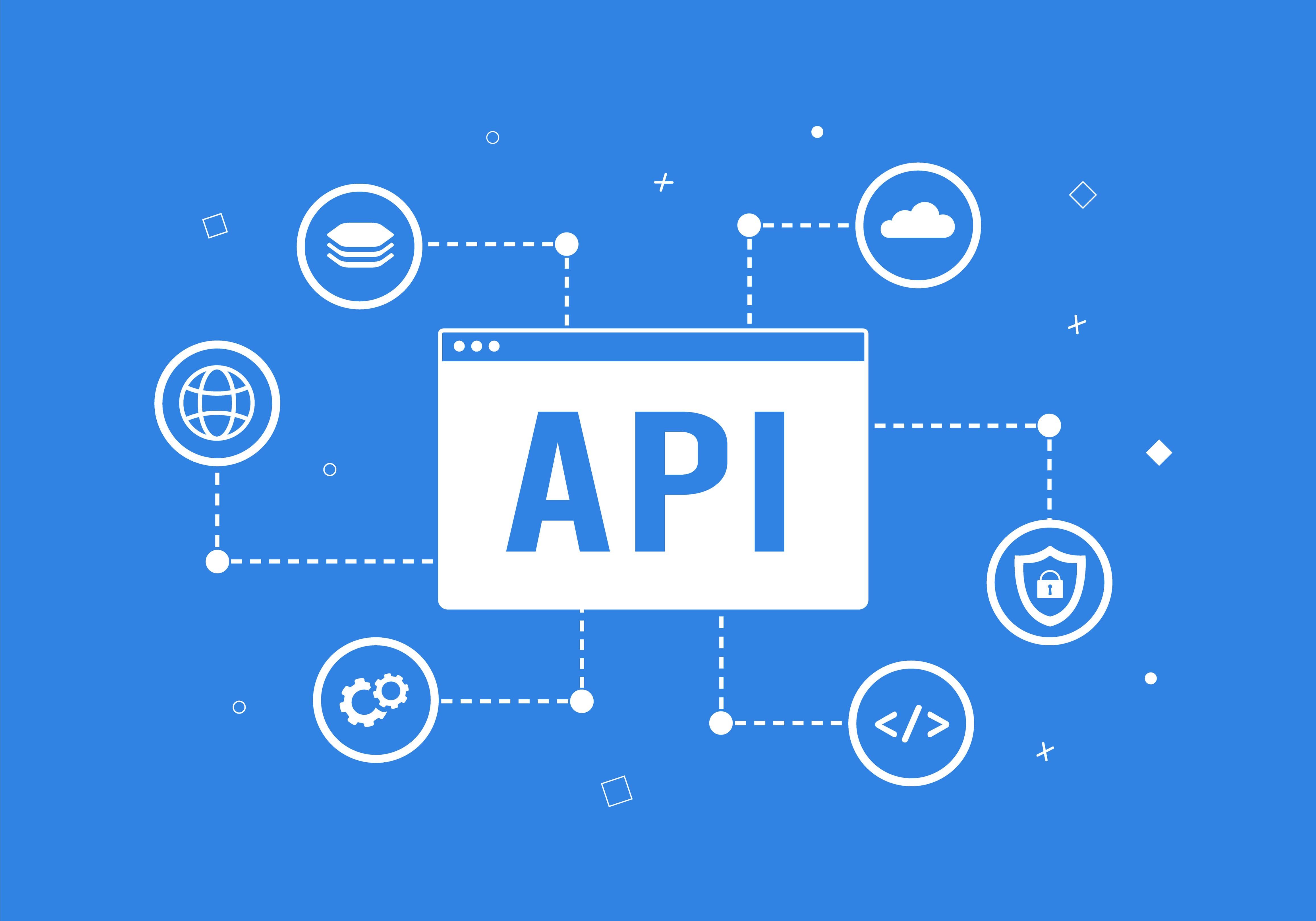
Future Trends in API Integration: Preparing for Evolving SaaS Landscapes
As the SaaS landscape continues to evolve, the importance of robust API integration strategies cannot be understated. Organizations are increasingly seeking to enhance collaboration and streamline operations by connecting disparate systems and applications. In this dynamic environment, trends such as the rise of microservices architecture, the adoption of serverless computing, and the integration of artificial intelligence (AI) will play pivotal roles. Companies will need to focus on creating flexible APIs that can easily adapt to new functionalities and services, allowing them to remain competitive and responsive to changing market demands.
Moreover, the emphasis on data security and compliance will drive innovations in API management tools. Businesses must ensure that sensitive information is protected while maintaining seamless connectivity. The emergence of new protocols, such as GraphQL, and the growing use of OpenAPI specifications will provide developers with enhanced capabilities to design effective and safe APIs. Keeping abreast of these trends will not only empower organizations to create compelling integrations but also foster a climate of innovation that meets the needs of tomorrow.
| Trend | Description |
|---|---|
| Microservices Architecture | Facilitates modular development and scaling. |
| Serverless Computing | Enables automatic scaling without server management. |
| Artificial Intelligence | Enhances data processing and analysis capabilities. |
| GraphQL | Offers efficient data retrieval and management. |
To Conclude
As we conclude our exploration of seamless connections and the art of mastering API integration in the world of SaaS, it’s clear that the future lies in our ability to harmonize disparate systems into a cohesive, efficient ecosystem. Just like the intricate threads of a tapestry, each API plays a crucial role in weaving together diverse functionalities, enhancing user experiences and driving innovation.
In an era where agility and adaptability are paramount, companies that prioritize effective API integration will not only streamline their operations but will also unlock new avenues for collaboration and growth. Embracing this paradigm challenge can often lead to richer insights and more creative solutions, ultimately setting you apart in a competitive landscape.
As you embark on your journey to master API integration, remember that the key is not just in the technicalities, but in the vision of what your interconnected systems can achieve together. The path may be complex, but the rewards—greater flexibility, improved efficiency, and a resilient business model—make every effort worthwhile. So, take that next step towards creating robust, seamless connections; the world of possibilities awaits just beyond the integration layer.


